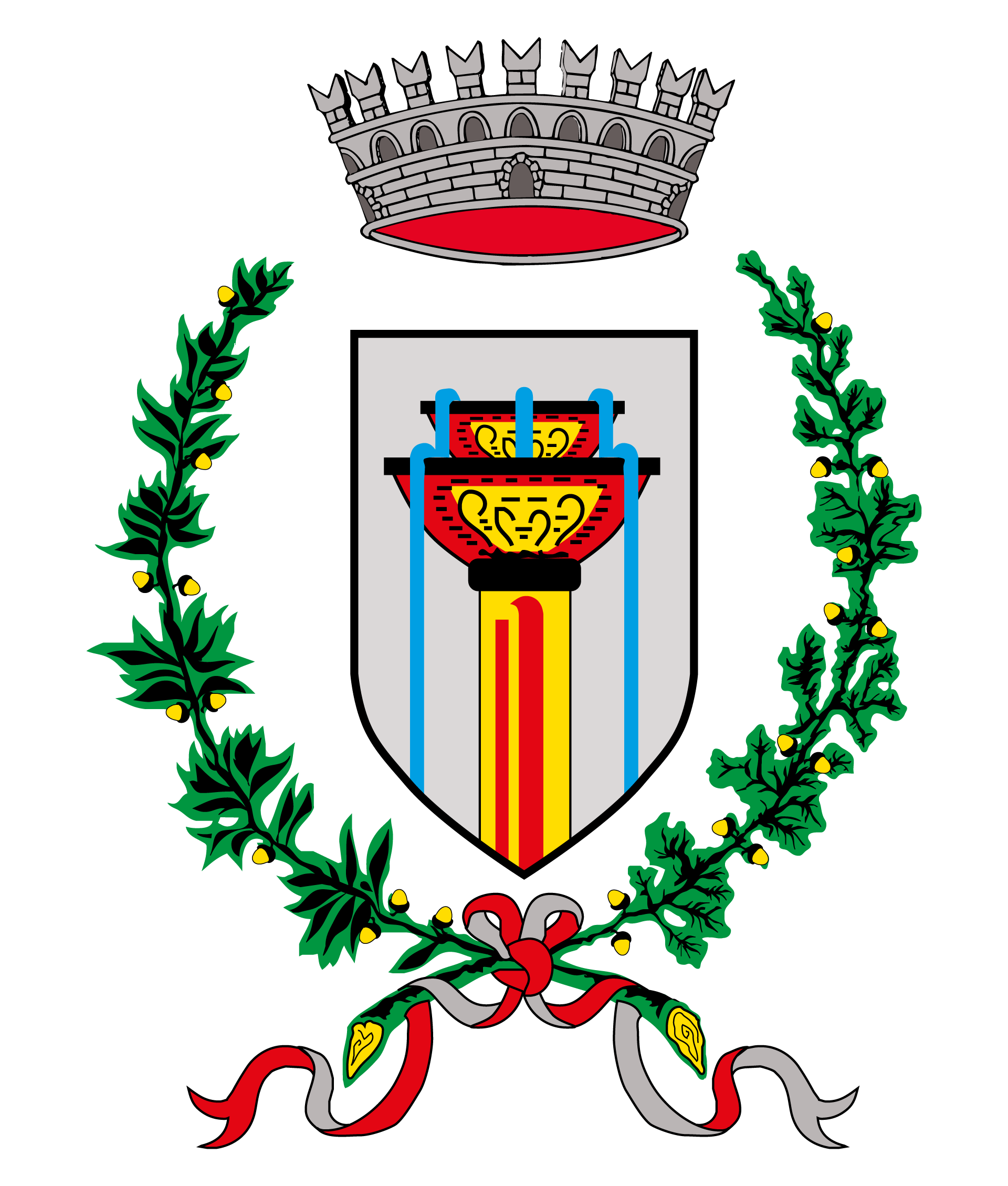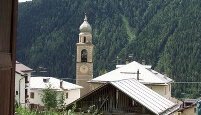 |
|||
| HEIGHT: | 1.264 a.s.l. | ||
| INHABITANTS: | 100 (whole municipality 1.902) | ||
|
|
|||

The town of Celentino (Celentinum) is dominated by the imposing church dedicated to St. Agustin and by the Mount Vioz in the background. The name of the village originates in Roman times and comes from the word "cell," which is the smallest parcel of land. St. Agustin’s church, attested as early as 1300, was rebuilt in 1830-1840 and again in 1870-1872. It was consecrated on 12th August 1896 and restored to its current form in 1909. The church is flanked by the bell tower with an unusual onion-shaped roof; the facade is in neoclassical style and the internal single nave has a richly stuccoed barrel vault. The church has 3 altars, the largest one in marble with side doors; on the back wall, there is a wooden and polychromous altarpiece, carved and made in the Bezzi workshop, which also made the right altar. The stone plaque deserves a look; made by the sculptor Spagolla, it commemorates the priest Giuseppe Arvedi (1826-1897), a native of the Celentino village, author of the work “Illustrazione della Val di Sole” [Illustrations of Val di Sole] (1888). From the churchyard, where there is a bronze monument made by Livio Cónta (1969) and dedicated to those who died in war, it is possible to admire the area the Ossana area and the mountains above, namely the Presanella and the peaks of the Val di Pejo.
Shortly before the hairpin bend to enter Celentino, a farm road branches off on the left with a subsequent path that descends to the mineral deposits on this shore and leads to Celledizzo. The mule track climbs to the “doss del Castelàc”, probably a fortified prehistoric settlement. Over there, at the Canal farms, people talk about the lost village of Lianòri, primitive seat of Celentino, probably destroyed by a landslide. At the entrance of the village above the square, on the right, there is the home of "el Taparelac", a Giacomo Cristoforo Tapparelli, known as the “Brigand from Celentino”, who lived between the 17th and 18th centuries. The sanctuary of Madonna del Sasso in Orselina above Locarno in the Italian part of Switzerland keeps a votive offering of that famous prisoner: the brigand and his accomplice, the latter from Pellizzano, were executed in Trento in 1733. Their execution was the last capital punishment under Prince-Bishopric of Trento. Until the first postwar period in the early 20th century, Celentino’s people had recited a Hail Mary at the end of each mass to protect themselves and their village from people as bad as him. In front of Celentino are Comasine and the side of Mount Boài. Passing by the village, you can get to the Céi farms, from where you can start the walk to Mount Pozze, crossing the villages of Termenago, Castello, Ortisè and Menas (the so-called "Mountain villages"). The walk lasts approx. 4 hours.